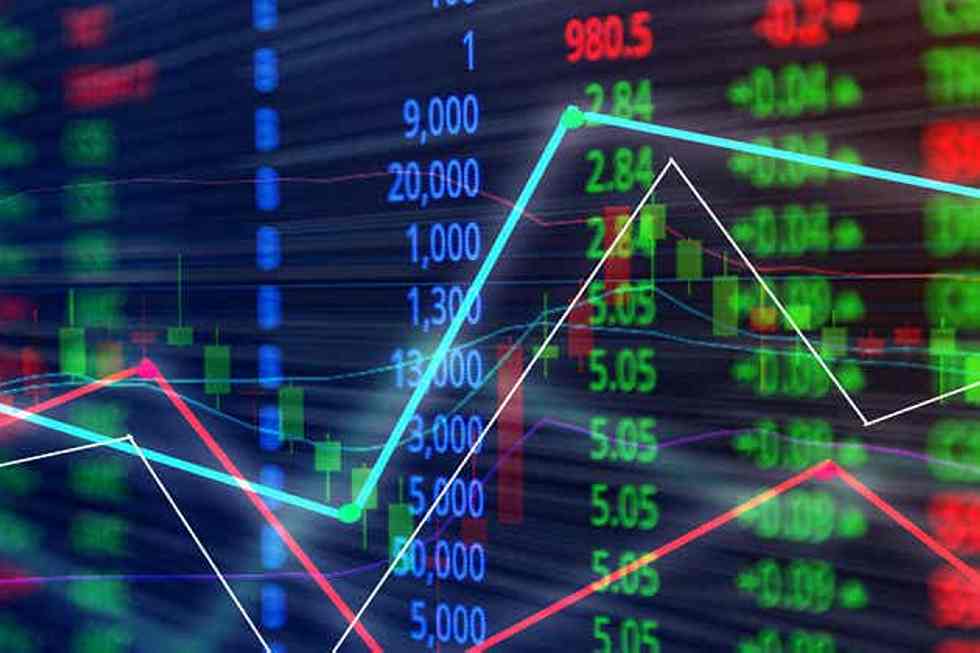Each night time on the information we hear concerning the market going up or down. However despite the fact that actions out there are usually carefully adopted by many within the finance business in addition to a big cohort of buyers, it’s not at all times clear what causes these shifts. Understanding a few of the key components that transfer the market can doubtlessly assist buyers enhance their investing success by having the ability to decide which strikes are vital and that are simply noise.
The mechanics of the market
A crucial factor to recollect when attempting to know a market worth of a share is that it often represents the worth of the final transaction. The patrons and sellers in that market are in it for a lot of totally different causes and with various views of the longer term. Subsequently, we get a standoff of costs that’s known as market depth. Right here’s a simplified hypothetical instance:
AAA Inventory
Final commerce: $10.50
| Consumers | Sellers | ||
|---|---|---|---|
| Quantity | Supply Value | Quantity | Supply Value |
| 3 | $9.50 | 2 | $10.50 |
| 20 | $9 | 18 | $11 |
| 50 | $9.00 | 5 | $11.50 |
| 30 | $8 | 30 | $12 |
| 45 | $7.00 | 1 | $12.50 |
On this instance, AAA shares final traded at $10.50 and somebody remains to be attempting to promote their shares at this worth. Nonetheless, as you’ll be able to see above there aren’t sufficient patrons at that worth to clear all the shares which might be obtainable. If a brand new purchaser entered the market and needed to purchase 10 shares at $11, then they might get two at $10.50 and the remaining eight at $11, leaving ten nonetheless on market at $11. This might additionally transfer the market worth to $11, as this was the worth at which the final commerce was made.
To know what strikes the markets, the subsequent step is asking ‘why’? Given the market worth simply displays the patrons and sellers who’ve matched transactions, to know why the worth is shifting requires us to know why these patrons and sellers are out there to start with.
Listed here are a couple of examples of assorted types of buyers out there and the way they will transfer the market.
Basic buyers
These are the buyers who’ve crunched the numbers on a inventory and have decided a worth level they’re prepared to purchase at or promote at. Successfully, they may come out and in of the market on the idea of the basics of the corporate, resembling its revenue bulletins, steadiness sheets and the like. These might be skilled inventory pickers or on a regular basis buyers. Given the recognition of this model of investing amongst people, it might be assumed that these buyers make up many of the market.
Nonetheless, more and more robots, institutional buyers and passive cash have been the reason for the shifting costs. In actual fact, it’s estimated that 70% to 80% of shares traded on U.S. inventory exchanges come from computerized buying and selling techniques.
Associated article: Explainer: What’s Worth Investing?
Robots
So, what are robots? It’s a tricky query to reply with out underrepresenting or overrepresenting components of the business.
Successfully, when folks speak about robots, computer systems, algorithms or machine-led buying and selling out there, they’re speaking about buying and selling selections made by computer systems primarily based on particular guidelines decided by buyers. Let me give a easy instance. I would create a rule that claims if an organization’s share worth goes down 20% or extra inside every week, purchase that inventory. As soon as it has gained 5% again, promote it. This then permits the pc to go about shopping for and promoting shares on my behalf.
Being a pc, there is no such thing as a emotion behind the commerce. The pc doesn’t have any concern for the corporate it invests in or the market total. This will result in giant spikes in volatility when the market begins to maneuver.
The Flash Crash
At 2.32pm on a Thursday afternoon in Might of 2010, the US inventory market crashed virtually 10% in simply minutes. By 3.08pm, most of that loss had been regained and the markets had been buying and selling as normal as soon as once more. Referred to as the Flash Crash, it noticed the second worst one-day drop within the US historical past and all of it occurred inside 36 minutes.
Successfully, an preliminary worth drop triggered promote orders from computer systems, which drove the worth down additional and triggered extra computer systems to promote and so forth. On the way in which again up, the alternative occurred and earlier than lengthy, the market was again to an affordable stage.
Whereas that is an excessive instance, it illustrates the way it’s not essentially firm outcomes, financial knowledge or political environments which might be shifting costs on a day-to-day foundation.
Institutional buyers
Whereas robots make considerably goal selections (or at the very least intentional selections) on inventory costs, institutional buyers and passive cash can transfer costs by necessity quite than choice.
Firstly, an instance with institutional buyers. Some establishments could have an funding mandate which requires them to put money into A-rated shares solely. They might have a big place in an organization that presently has an A+ or A1 ranking, however after its most up-to-date earnings report, the related scores company (assume Commonplace and Poor’s or Moody’s) re-grades them to a B stage. In an effort to be compliant with its mandate, the fund is now required to promote all of their holdings in that firm, no matter what the worth is or whether or not it’s offered at a revenue or loss. These types of rule-based restrictions on funds can have a fabric affect on the worth of sure property, given the relative measurement of the holdings in comparison with the smaller orders on market.
Alternate traded funds
Secondly, with the rise of ETFs got here an increase in orders in the marketplace which might be agnostic to cost and firm as they appear to duplicate an index. For instance, if I had been to purchase $100k price of an ASX200 ETF, then to be able to replicate the index, the fund supervisor would in flip want to purchase a few of every of the shares that make up the ASX200. For instance, if CBA made up 7.8% of the index, the ETF would want to purchase $7,800 price of CBA shares at no matter worth is obtainable in the marketplace.
This really results in one other pressure in shifting costs: shares falling out of indices. Every quarter, Commonplace and Poor’s opinions which firms are included within the ASX200 checklist. If an organization drops out of the ASX200, then the ETF cash invested in that inventory is required to promote out their positions. Once more, not as a result of they’ve decided about that firm, just because that firm now not meets the foundations of their fund.
Among the critics of passive investing, by means of ETFs, make the purpose that this form of indiscriminate shopping for and promoting undermines the market’s function, which is to search out the honest worth of firms. No matter whether or not that may be a good or dangerous factor, the actual fact stays that it’s a rising pressure out there.
Associated article: Energetic vs. Passive Investing – What’s the Distinction?
What all of it means
Understanding about these forces is an efficient place to start out for those who’re attempting to know what strikes the markets. After all, there are a lot of extra potential causes behind modifications in inventory costs, and when a number of causes mix (typically with opposing forces), the market can find yourself not making a lot sense in any respect. A few of these are subjective, some are goal, some are seen and reported on, and others are hidden from market view. In the long run, it comes right down to forming a view on what components would possibly have an effect on the worth of the asset you’re taking a look at and making an evaluation of their affect.
When you’re evaluating on-line share buying and selling firms, the comparability desk under shows a few of the firms obtainable on Canstar’s database with hyperlinks to suppliers’ web sites. The data displayed relies on a median of six trades per thirty days. Please word the desk is sorted by Star Score (highest to lowest), adopted by supplier identify (alphabetical). Use Canstar’s On-line Share Buying and selling comparability selector to view a wider vary of on-line share buying and selling firms.












Leave a Reply